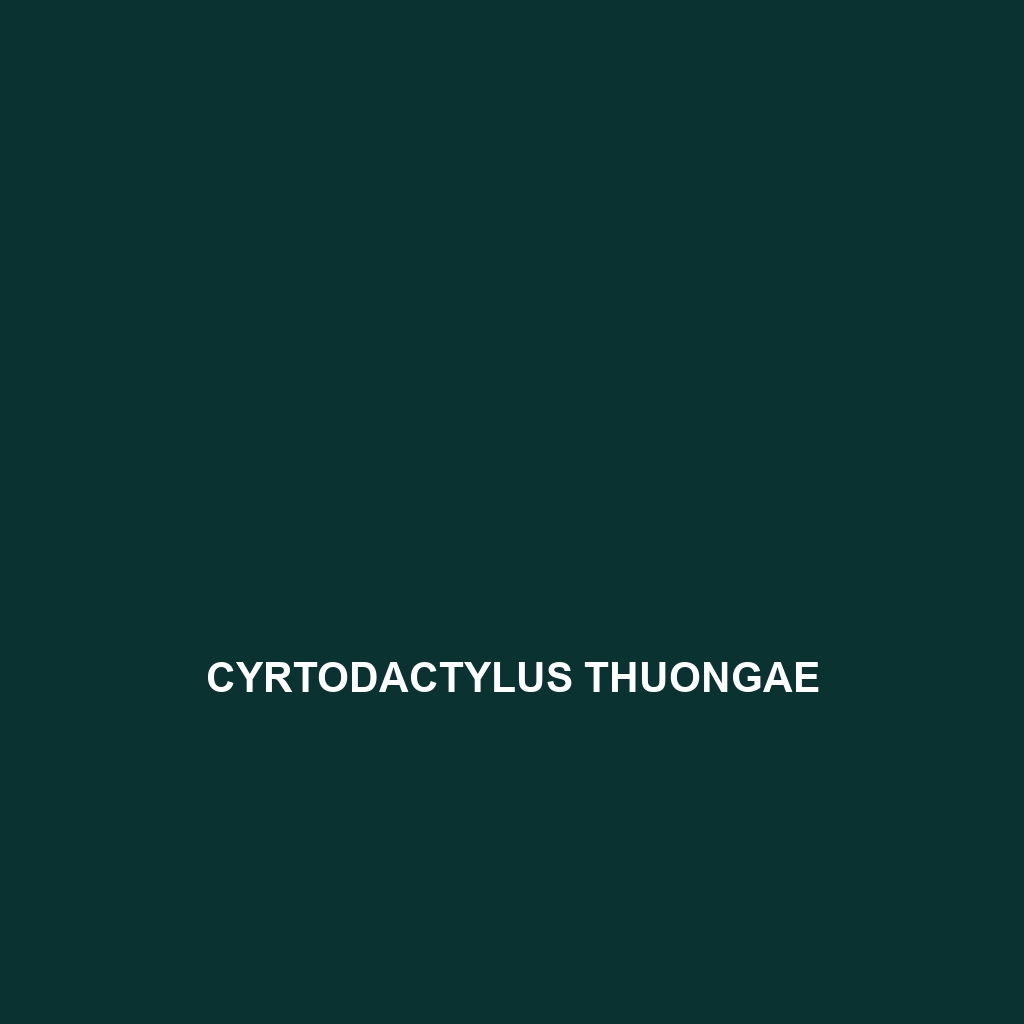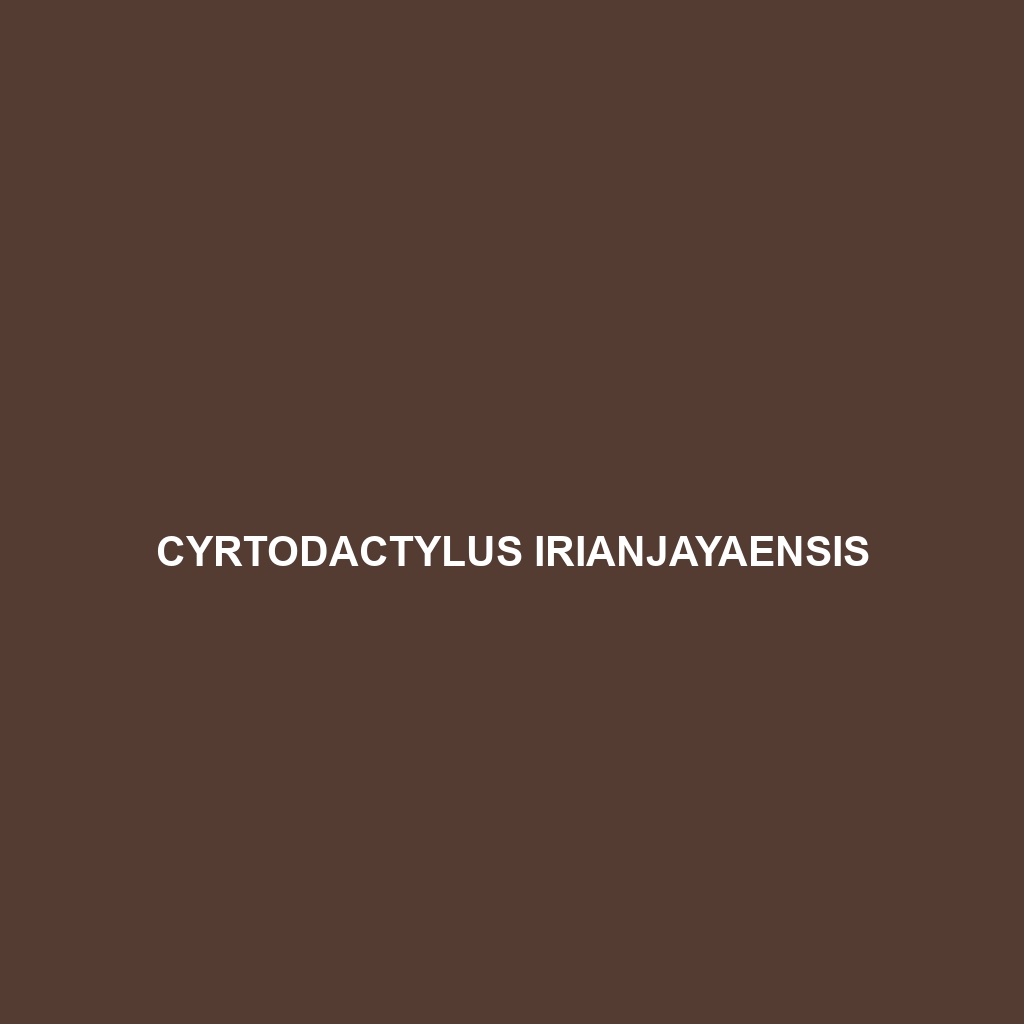<b>Oligodon phangan</b> is a medium-sized, nocturnal snake native to the tropical rainforests of Thailand's Phangan Island, known for its striking blend of earthy browns and vibrant yellows, and plays a critical role in the ecosystem by controlling small animal populations. This serpent is primarily carnivorous, preying on rodents and reptiles, and reproduces by laying 5 to 15 eggs after a two-month gestation period.
Tag: biodiversity in Thailand
Oligodon huahin
<p><b>Oligodon huahin</b> is a slender, nocturnal snake native to the temperate forests and rainforests of Southeast Asia, particularly Thailand, featuring dramatic coloration for camouflage. This insectivorous species plays a vital role in its ecosystem by controlling prey populations and serves as an important indicator of environmental health.</p>
Mediodactylus sagittifer
Introducing the Mediodactylus sagittifer, also known as the sagittate gecko, a striking insectivorous species found in Southeast Asia's tropical rainforests and savannas. This unique gecko features a slender body, a distinctive sagittal crest, and remarkable climbing abilities, playing a crucial role in regulating insect populations and maintaining ecological balance.
Gekko kaengkrachanense
<b>Gekko kaengkrachanense</b> is a striking, nocturnal gecko native to the rainforests of Kaeng Krachan National Park in Thailand, known for its vibrant coloration and specialized adaptations for arboreal living. This species primarily feeds on insects and plays a crucial role in maintaining ecological balance within its habitat.
Dixonius siamensis
Discover the vibrant Dixonius siamensis, a small to medium-sized lizard from Southeast Asia, known for its striking colors and unique behavior. Thriving in tropical rainforests, this agile insectivore plays a crucial role in ecosystem balance by controlling insect populations and contributing to forest regeneration.
Cyrtodactylus thongphaphumensis
Cyrtodactylus thongphaphumensis, a slender gecko native to the limestone karst regions of Thailand, characterized by its light brown and beige coloration and nocturnal hunting instincts. Classified as vulnerable, this species plays a vital role in controlling insect populations within its subtropical habitat.
Cyrtodactylus thirakhupti
Cyrtodactylus thirakhupti, a nocturnal gecko native to the tropical rainforests of Thailand, known for its remarkable coloration and climbing abilities. This species plays a crucial role in its ecosystem by controlling insect populations and is currently classified as vulnerable due to habitat loss.
Cyrtodactylus phetchaburiensis
The Cyrtodactylus phetchaburiensis, also known as the Phetchaburi bent-toed gecko, is a nocturnal insectivorous species found in the humid tropical forests and limestone hills of Thailand. This vulnerable gecko, notable for its ability to camouflage with its light brown to gray coloration and its climbing skills, plays an essential role in controlling insect populations within its ecosystem.
Cyrtodactylus lomyenensis
Cyrtodactylus lomyenensis, or the Lomyen bent-toed gecko, is a vibrant, nocturnal gecko endemic to the Lomyen region of Thailand, known for its distinctive brown and beige coloration, agile climbing abilities, and crucial ecological role as a predator of insects. Currently classified as vulnerable due to habitat loss, this species showcases behaviors, including tail regeneration and communal basking.
Cyrtodactylus inthanon
Cyrtodactylus inthanon, or the Inthanon Bent-toed Gecko, is a nocturnal, insectivorous lizard native to the mountainous regions of northern Thailand, known for its adaptations to high-altitude moist montane forests and its distinctive color patterns that provide excellent camouflage. With an average length of 10 to 15 centimeters, this vulnerable species plays a vital role in its ecosystem by controlling insect populations while also serving as prey for larger animals.









